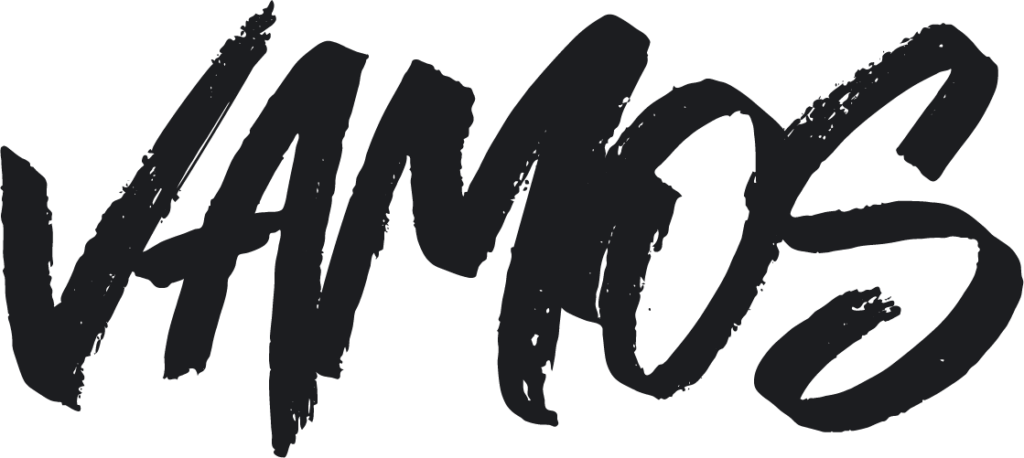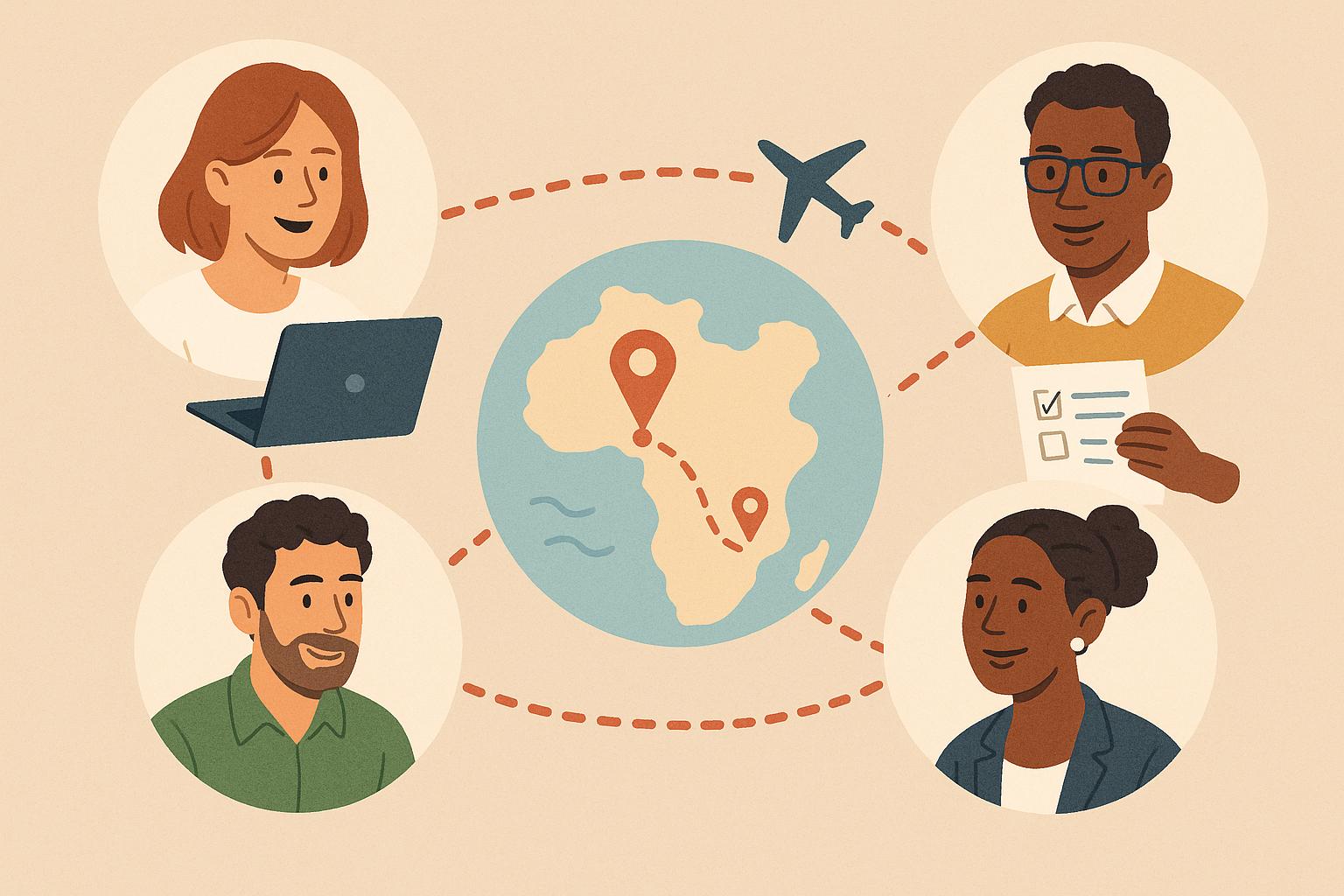I once spent three weeks planning a team retreat that never happened.
Not because we didn’t try, not because the team didn’t care. But because we planned it wrong, we planned it alone.
It started with the best of intentions. I had taken the lead on organizing our next offsite, something meant to bring our remote team together after a long sprint. I carved out time between back-to-back meetings, started researching venues, reached out to a few hotels, roughed out a draft agenda, pulled together a budget, and even had three decent location options on the table. I felt ahead of schedule and, dare I say it, proud of myself.
Then, in a leadership meeting, our CEO dropped a casual comment: “Oh yeah, I can’t do anything the week of March 6; we’ve got board meetings and investor calls.”
Silence. My stomach sank. That was the week I’d built everything around.
Worse than the scheduling issue was the realization that I had no idea what the CEO wanted this retreat to actually accomplish. Was it team bonding? Strategy? Product planning? I had assumed “a little of everything,” but now it was painfully clear, I had built a plan around logistics, not goals.
And I hadn’t brought anyone else into the process early enough to catch it.
This kind of thing happens more often than we like to admit.
Someone gets tasked with the offsite. They start researching. Booking tools come out. Venue emails get sent. Maybe a Doodle poll or two floats around. But real collaboration, actual alignment on purpose, tone, timing, and tradeoffs, doesn’t happen until way too late.
By then, you’ve already sunk time, energy, and sometimes even deposits into a plan that no longer fits. And now you’re the one who has to explain to the team why this beautiful spreadsheet full of hotel quotes and agendas isn’t going to work.
It’s isolating. And it’s a special kind of frustrating to feel like you’ve been productive without making any real progress.
The turning point for me was surprisingly simple: I stopped trying to be the planner. Instead, I started thinking of myself as the facilitator of a conversation that needed to happen.
On our next retreat, I flipped the process. I kicked things off with a 20-minute sync between three key voices, the CEO, the Head of Product, and myself. I asked one question:
“What would make this offsite feel like a win for you?”
That conversation gave me more clarity than any itinerary ever could.
The CEO said he wanted focus time with leadership to map out our next funding milestone. The Head of Product wanted engineers and designers to reconnect and rebuild trust. I wanted space to celebrate the team and reinforce a sense of momentum.
All three of those things could co-exist, but they shaped the what and the where. It meant we didn’t need a trendy city or packed agenda. We needed space. We needed comfort. We needed quiet mornings and structured afternoons.
We brought that clarity to the broader team in a short survey. Instead of asking them where they wanted to go, we asked them what kind of experience would help them do their best work. The responses were wildly helpful and, just as importantly, they made people feel included in the process.
And that buy-in changed everything… That retreat worked.
Not because it was fancy or flawless, but because it was intentional. People showed up already understanding the “why.” They weren’t just attendees; they were contributors to something they helped shape. As the person responsible for pulling it all together, I didn’t feel like I was pushing a boulder uphill. I had signals. I had support. I wasn’t planning in a vacuum; I was planning with a team.
The truth is, it’s easy to start planning before collaborating. It feels efficient. It feels like you’re being helpful. But when you skip collaboration, you don’t just risk inefficiency; you risk building the wrong thing entirely.
In retreat planning, the cost of backtracking is high. And the emotional toll of spending hours trying to “get it right” on your own, only to miss the mark, is real.
That’s the idea behind Vamos.
We’ve lived through the messy Slack threads, the duplicate surveys, the sinking feeling of hearing critical information after you’ve already sent the Airbnb link. And we wanted to build a better way, one that starts with team input, not guesswork.
Vamos helps teams collaborate from the jump: picking dates, surfacing priorities, estimating travel costs, and actually involving the people who matter.
Because the best retreats don’t come from perfect logistics. They come from shared ownership, clear intent, and starting the conversation early.
So if you’re gearing up for a team offsite, here’s my advice:
Don’t start with the spreadsheet. Start with your people.


Leave a Reply